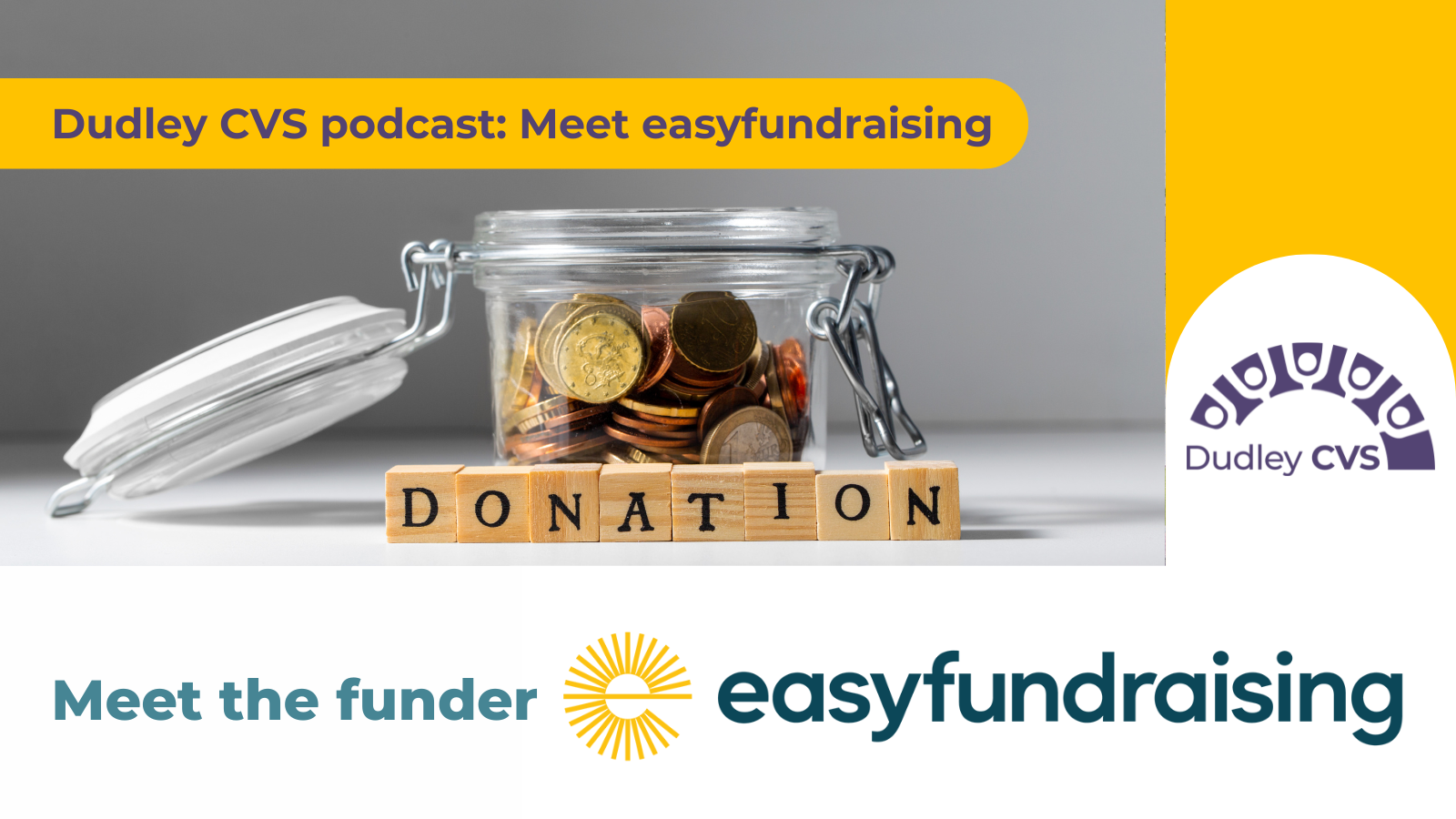If you’re thinking of taking on a community building or facility, check out this excellent short webinar from Good Finance. It’s called ‘How to build a cocktail of funding for your community group’, but it covers so much more than that, as we all know that funding is about much more than asking funders, donors or supporters for money!

This webinar covers the things you’ll need to think about before you start and has a useful overview of fundraising options from Locality, as well as an introduction to social investment from Good Finance. It also contains an excellent case study from Stretford Public Hall, whose members brought its community together to bring a disused public building back to life, and ran a successful community share offer to raise the finance needed. Take a look at the webinar below.
Here are the main things that I would take away from the webinar:
- Funding options (led by Debbie Lamb, from Locality)
- Business planning is incredibly important. You’ll have to be clear about what the running costs will be and what will generate income, as well as having a good sense of the advantages and risks of running a community building.
- Be dispassionate. Try to be realistic about how viable this is and don’t let your emotions lead you to take on something that has very slim chance of success.
- Think about your organisational structure and the people you have. Does your structure help you to manage risk and liabilities? Does it allow you to borrow (if you plan to borrow)? Does it allow you to raise money through a community share offer (if you plan to do this)? Do you have the right amount of people with the necessary skills and expertise to work as a team?
- You’re more likely to be raising money through a ‘patchwork’. It’s very unlikely that you will have just one source of income.
This all chimes with my experience of supporting nonprofits with community asset transfer and funding. The strength of the team and its planning is really crucial to success.
The one thing I’d add here is that evidence of community involvement and buy in is equally important. It’s one of the key things Dudley Council will take into account when making decisions on bids for community asset transfer and funders like the National Lottery Community Fund make community involvement a key criterion of all its programmes. You’ll need to be able to demonstrate that the community has been involved in the development of your plans and that the community wants your project to happen!
In terms of community asset transfer in Dudley borough, Dudley Council has made a ‘How to’ guide which tells you what they look for in a robust business case and I’ve made a template business plan which is based on this. What the local authority will look for can be boiled down into a few things:
- Realistic costings, projections and sources of income: Do you know what condition the facility is in? Does any money need to be spent to bring the building back into use and if so, where is this money likely to come from? Do you already have some confirmed resources to put into it? What are the likely running costs?
- Robust income-generation model / evidence of sustainability: What activities will bring in income? How realistic are these? Have you spoken to people who are willing to spend money here? What evidence do you have to show that your income will be able to cover running costs?
- Benefits for the whole community: How will the community benefit? How will people be able to get involved? What positive difference will this make? How will your activities link to local and national strategies? If your building will be used for just one type of activity, it’s less likely to get support.
- Evidence of community-involvement in the plan: How have members of the local community been able to have a say on what will happen at your facility? Can they be involved as members or will they be able to have a stake in your project?

2. Social investment (Kieran Whiteside, Good Finance)
Social investment comes in many forms and, although it’s not particularly new, it’s constantly evolving. Not many of the organisations I’ve worked with have wanted to consider social investment, being put off by its repayable nature. In the current climate, though, I think groups should seriously consider it.
The starting point is to learn about what it is to find out about what type might suit you. And in this webinar, Kieran gives us a brief overview of what social investment is and what tools can help you to get started:
- Social investment is repayable finance, where the investor looks for a social as well as a financial return on their investment. This means you need to be clear about what you need the money for, whether there’s an income stream that will help you to repay, and what social impact you will create (this is about ‘outcomes’ and I recommend the now archived ‘Getting funding and planning successful projects’ guide from National Lottery Community Fund back when it was known as the Big Lottery Fund).
- The Good Finance website can help you to understand social investment. It has a diagnostic tool to help you to understand whether social investment is right for you and the type of social investment you should consider.
- Community shares: This involves raising money from the community by issuing shares in the organisation through a formal community share offer. It’s a great way of demonstrating real community buy-in for a project, but only certain types of organisation can issue shares. The Community Shares Unit is a good source of information.
- Blended finance: This type of social investment is typically a grant + a loan. It’s more common for investments of £250,000 or less.
- Secured loans: Like a mortgage against an organisation’s asset. This means that the organisation needs to own a building / asset for use as collateral. Social banks, some high street banks and some specialist funders offer secure loans with typically lower interest rates.
- Finally, crowdfunded investment: Different from rewards-based crowdfunding (Kickstarter, for instance), but more like peer-to-peer lending. You’ll find more information on Ethex or Community Chest
3. Case study of Stretford Public Hall, which ran a successful community share offer (Simon Borkin, Stretford Public Hall)
I was really inspired by the story Simon told of Stretford Public Hall and the power of a community coming together to make things happen!
Stretford Public Hall is a Grade II listed Victorian building that fell into disuse (for the second time) in 2014. In 2015 the Friends of Stretford Public Hall successfully used the Localism Act to get the building listed as an asset of community value. The group secured the freehold of the hall from Trafford Council which meant they could start refurbishment.
To raise money through a community share offer, the Friends of Stretford Public Hall had to set up as a community benefit society (or Ben Comm) so that the organisation could issue shares. This allowed members to invest in the organisation in return for shares, but the principle of the Ben Comm is that each member gets one vote, no matter how many shares they bought.
To set up a community share offer, the organisation had to draw up a business plan and a formal share offer document. Both of these are available on the Stretford Public Hall website, along with lots of other information about how the organisation is run.
What struck me most about this case study was the importance of engaging with the community and the real openness to involving the community in the organisation’s set up and decision-making. It really shows that the friends of Stretford Public Hall did the legwork to make sure the community was engaged and motivated, resulting in the organisation successfully raising £255,000 over 56 days from 790 people in the community and 7 organisations. It’s that kind of community involvement that decides whether a venture will succeed.


Dudley CVS podcast with easyfundraising

Collaborating to develop Dudley People’s School for Climate Justice

A social enterprise with connection, imagination, and culture at its heart

Safeguarding our Children and Young People in Dudley

